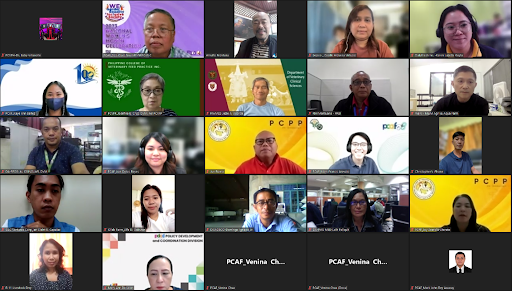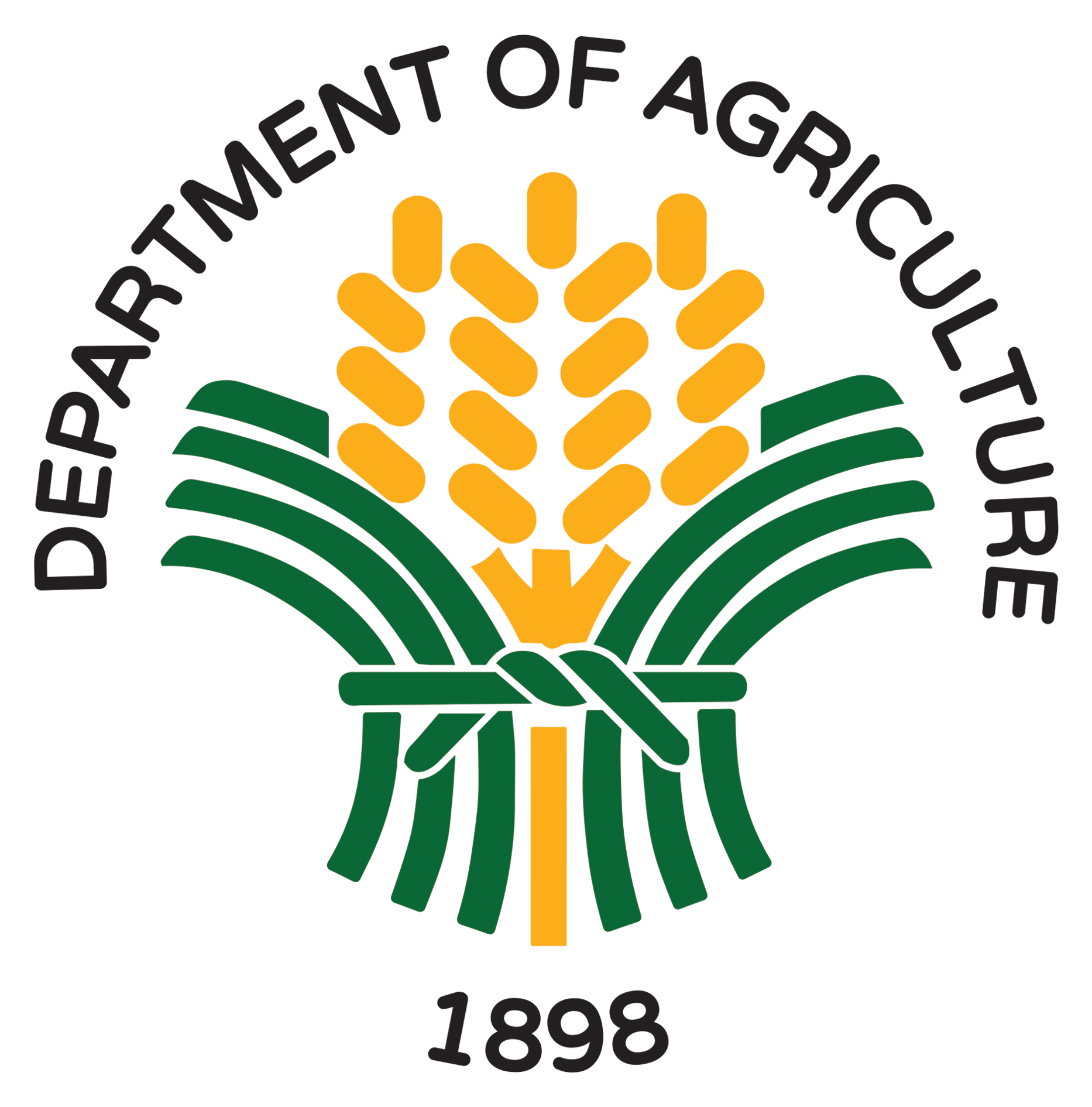
Together with the Philippine Council for Agriculture and Fisheries and other Department of Agriculture (DA) attached agencies and bureaus, the National Sectoral Committees (NSCs) on Corn and Poultry and Livestock reviewed the implementation status of their respective commodity industry roadmaps on August 30 to 31, 2023.
On the review of the Philippine Yellow Corn Roadmap, DA-National Corn Program (NCP) Technical Staff Riciena Louise Bulingot reported to the NSC on Corn that the projected yellow corn production for 2023 is 6.95 million metric tons (MT) compared to the 7.29 million MT roadmap target.
For 2024, the NCP’s operational target is set at 7.67 million MT, which is higher than the roadmap target of 7.62 million MT.
DA-NCP Director U-Nichols Manalo also informed the Committee on the PhP4.20-billion public investment for yellow corn this 2023. The public investment is divided into the five key responsibility areas identified in the roadmap which include the: 1) Efficient and stable supply chain of industry inputs (i.e. seeds, fertilizer, and other inputs); 2) Corn produced through efficient production systems by empowered farmers amidst climate change challenges; 3) Efficient post-harvest systems for quality corn; 4) Developed/improved corn-based value chains in various scales of operation; and 5) Efficient marketing infrastructure and information system.
The NSC on Corn also recommended the creation of the Philippine White Corn Industry Roadmap to help meet the country’s food staple requirement.
In the same meeting, Undersecretary for Policy, Planning, and Regulations Mercedita Sombilla emphasized the role and importance of the private sector in reviewing and implementing the roadmaps.
“The roadmap is created by the government and the private sector, that’s why it must also be reviewed by both. We need your help and inputs in reviewing these roadmaps to ensure their success,” she said.

The NSC on Poultry and Livestock also revisited the Philippine Hog Industry Roadmap and the Philippine Poultry Layer Industry Roadmap on August 30 and 31, respectively.
With regard to the Hog Industry Roadmap, National Livestock Program Planning Officer Diosamia Sevilla reported that 586 out of the target 807 Farmers’ Cooperatives and Associations became recipients and implementers of the Integrated National Swine Production Initiatives for Recovery and Expansion. Bio-secure and climate-controlled facilities with 300-head capacity were also established under the Program which included the upgrading of finisher operation facilities to Biosafety Level 1.
As of June 14, 2023, 344 cities and municipalities were also upgraded from African Swine Fever Red to Pink Zone while 86 cities and municipalities were upgraded from Pink to Yellow Zone.
Dr. Sevilla also shared with the Committee the ongoing study on the Production and Evaluation of Black Soldier Fly as an Alternative Feed Ingredient for Swine Diet to reduce the input cost in hog raising.

For the Poultry Layer Industry Roadmap, Batangas Egg Producers Multipurpose Cooperative (BEPCO) Managing Director Cecille Aldueza-Virtucio shared the updates on the implementation of various egg industry projects.
“We have ongoing initiatives like the establishment of copra mill processing for feed production as well as partnership with organic farmers. We will also submit a proposal for the creation of ‘Kitchen Egg’ for the endorsement of the Committee to the DA,” she furthered.
As briefly explained by Virtucio, the Kitchen Egg Program intends to establish kitchens in government establishments to grow the demand for eggs and help layer farms increase their income.
She also shared that based on the industry data they obtained, the per capita consumption in areas with high economic activity, such as the National Capital Region, is now at 3.5 eggs per week.
“The demand is expected to increase with the inclusion of eggs in the DepEd Feeding Program”, Virtucio said. | Joy Camille Luza











